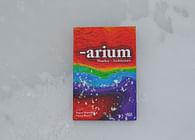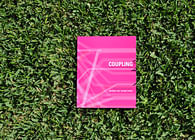
Arvene East is unique site in that it is one of the few locations in Far Rockaway that
has a visual connection from the elevated rail to the ocean. In examining the fabric north and south of the rail, obstructions along the length of the shore separate the communities from the ocean. The protective sand dunes, an elevated boardwalk, dense housing blocks, and the elevated train itself effectively obstruct access to the water, which is one the enduring assets of the site. The ramifications of Hurricane Sandy have the potential to further disconnect the site from the water through mechanisms of flood mitigation. Instead of perceiving water as something to defend against, how can it be repositioned as a performative feature that connects across the obstructions currently on the site?
Figure—
Taking the logic of the stabilizing rock jetties, this proposal utilizes a series of nested figures to augment the existing coastline. The figures engage the water, functioning as groynes and breakwaters that also offer recreational spaces, stabilize the coast, and concentrate wave action and associated energy capture. This technique opportunistically involves the malleable sand formations to complete the figures and provides a natural beach and spa area.
A second set of figures carve into the coast to create connections between these disconnected layers and allow the water into the site in a controlled manner. The coast — instead of a static and separated line — is reconceived as an accommodating landscape; activated by differing levels of water that incite various programs calibrated to daily and seasonal conditions. This new coastline offers a clear identity and marketability to the local communities as well a familiarity with and understanding of the changing water levels as revealed through the figures.
Field—
A manipulated topography forms a linear field of performative wetlands, retention
ponds, flood mitigation systems, and streets. A three-step, phyto-remediation wetland utilizes a network of culverts connected to the figures to remediate the storm water run-off (from on and offsite), grey water (from the housing and retail programs), and oceanic water, which is filtered and cleansed before re-entering the ocean. This framework hosts a number of housing types — floating within the wetlands; elevated over the land and water divide; and grade-level, three-storey walk-up units. Not only is the house directly implicated in the coast’s performative processes, the typologies cater to a range of family types and socio-economic demographics that are inspired by the existing cottage types currently found along the coast. This organization promotes a pedestrian-based environment that cross-pollinates the public and private hierarchy on the site in a complex manner.
Resilience—
Resilience is the ability to adapt or transform to a given situation. Resilience is dependent on malleability, and, typically, attempts to deal with resilient design in a rigid, mega-infrastructural manner fail as long-term, versatile solutions. Instead, what is proposed is a series of tactical interventions that work holistically as a system to expand and contract to mitigate flooding and remediation. More importantly, water is positioned as an integral element of urbanism — culturally, programmatically, and performatively — that becomes part of the everyday experience of residents.
Status: Competition Entry
Location: Far Rockaway, NY, US
Firm Role: Lead Designer
Additional Credits: Project Team:
Neeraj Bhatia
Carly Dean
Alicia Hergenroeder
Jonathan Negron
De Peter Yi

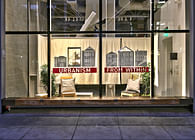

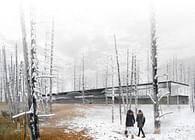
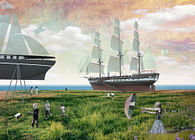

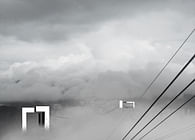
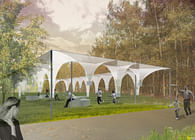
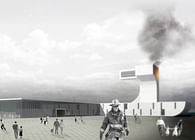


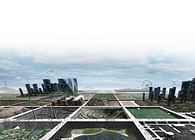
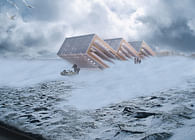
![Bracket [Goes Soft] Bracket [Goes Soft]](https://archinect.gumlet.io/uploads/fh/fhcvzt2j1lysvlgm.jpg?fit=crop&auto=compress%2Cformat&enlarge=true&crop=entropy&w=195&h=140)
